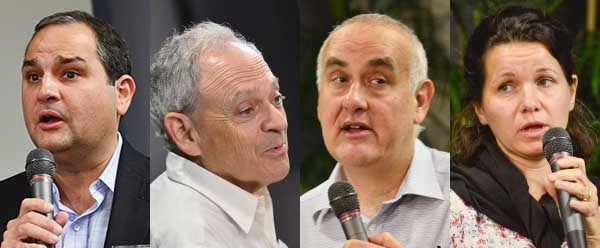Starkey Hearing and Doctor Robert Dean Afghanistan Mission
There are many civilians living and working in war zones and, despite not being military personnel, they are exposed to many of the same hazards. There has been significant research done into the effects of war on soldiers, but very little has been done for those not enlisted. Recently it was reported that the number of children and other vulnerable Afghan civilians injured or killed has increased dramatically since the beginning of 2014. There has been a rise in the number of ground engagements in areas with higher civilian populations, which has accounted fro this steep increase in causalities. While civilians can be accidentally injured or killed during war, there has been a disturbing trend of attacks directed toward them – particularly tribal elders or government officials in this case. The number of children and women causalities has increased the most as the fighting moves into areas with higher population density.
Afghan civilians are exposed to everything from gunfire, IED attacks, mortars, and grenades, to loud noises from trucks, helicopters, and aircrafts. All of these sounds can damage hearing and lead to tinnitus or permanent hearing loss on top of any other injuries.
Hearing damage can occur in one of two ways – long-term exposure to a loud environment (driving a loud truck,) short-term exposure to a high-intensity sound (gunfire or IEDs.) Exposure to loud noise causes destruction of the hair cells in the inner ear, but the degree of destruction is based on the intensity and duration of the noise. These hair cells are responsible for carrying sound vibration information to the auditory nerves, so without them available to convey this information the individuals experience hearing loss.
Hearing loss is irreversible, but there are methods to cope. Hearing aids are the most recommended method to restore some, if not nearly all, hearing to an individual. Starkey Hearing Foundation has been working with the Bayat Foundation in order to distribute hearing aids to Afghan civilians, many of them children affected by war, who would otherwise be left unable to hear. We were able to fit over 600 people with hearing aids while on our mission to Afghanistan.






